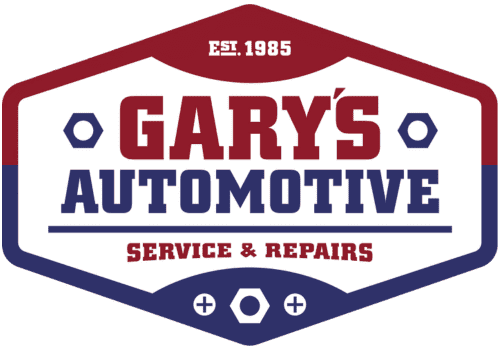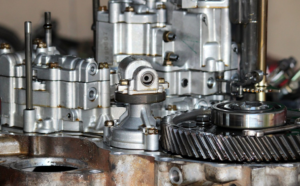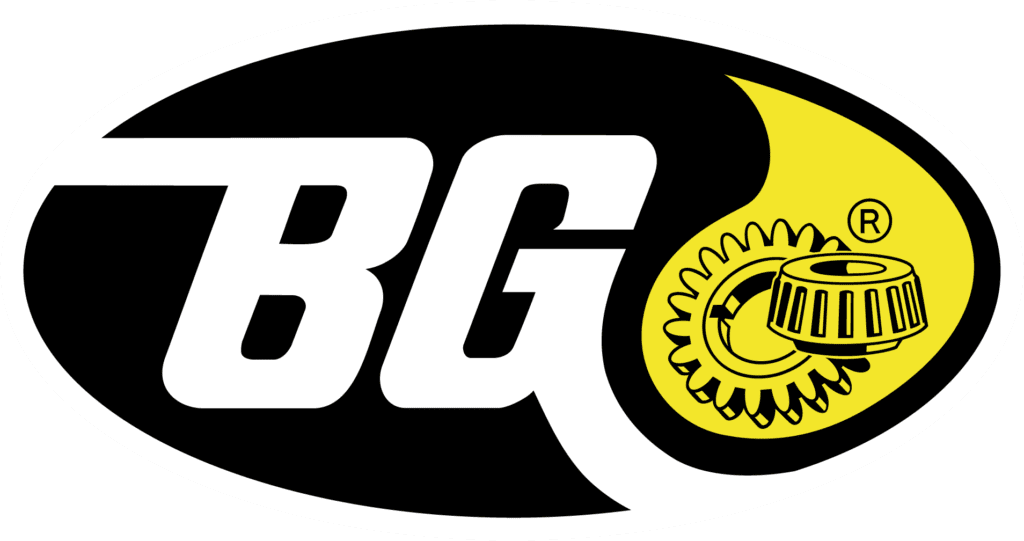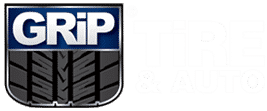Quickly find an ICBC Inspection Facility and learn what inspection steps you need to take.
Moving? This is the information for out of province and relocations
Vehicle Inspection Facility
GARY’S AUTOMOTIVE (#S5268)
5672 Production Way
Langley, BC, V3A 4N4
604-337-0477
Licensed to Inspect:
- Class 1 – Light Vehicles (cars & light trucks)
- Class 2 – Heavy Vehicles (over 5500kg LGVW)
- Class 3 – Trailers & Semi-trailers
- Class 4 – Buses (10 seats or more)
- Class 5 – School Buses
- Vehicles New to BC
ICBC Approved Inspection Facilities Locations Interactive Map
Every vehicle brought into BC for long-term use, whether between provinces or internationally, requires the proper ICBC Inspection to qualify for insurance.
Here are important details regarding ICBC Inspections that you need to know.
Initially you have a 30-Day time limit to get a BC Drivers License, register the vehicle and acquire insurance for the vehicle.
As a “Passed” ICBC Safety Inspection is required to gain valid insurance, and valid insurance is required for registration, this time limit is extremely important.
An ICBC Inspection must be performed at a designated ICBC Inspection Facility. These are located all over BC and a comprehensive list of facilities is available on the ICBC Website, a link has been included in the sources for this article.
Some vehicles may be exempt from the required Safety Inspections.
These include new vehicles, low-speed electrical vehicles, trailers and motorcycles. If a vehicle is more than four years old it requires an inspection no matter its point of origin.
If you are bringing a vehicle from Alberta, Saskatchewan or Manitoba you can present a passed vehicle safety inspection performed within the last 90 days from one of those provinces.
Vehicles with a status denoted as salvage, rebuilt or altered do not qualify for exemption.
Vehicles imported into the country must meet Federal Import Requirements before they can obtain an ICBC Inspection.
Those requirements are listed below on Transportation Canada’s website.
Flood-damaged vehicles can’t be registered or insured in BC. This is important to know as many used vehicles from the United States have flood damage.
We hope we’ve provided you with a solid understanding of ICBC Inspections and our talented mechanics are always willing to help answer questions and provide mechanical service in order to pass the inspections.
Gary’s Automotive has been providing honest and reliable automotive services in the Greater Vancouver area for over 30 years.
Check out some of our services, we do it all!
What is a 30 Point Inspection
A 30-point inspection, often referred to as a Safety Check, is a comprehensive evaluation performed by automotive technicians to ensure the safety, reliability, and overall performance of a vehicle. This thorough inspection covers various critical components and systems within the vehicle. Here’s an overview of what’s typically included in a 30-point inspection:
Tire Condition (Front and Rear): Technicians examine the condition of all four tires, checking for signs of wear, damage, or uneven wear patterns.
Alignment (2&4 wheel): A visual inspection is conducted to assess the alignment of the wheels, which can impact tire wear and handling.
Steering/Suspension Components: The condition of steering and suspension parts is checked to ensure they are in good working order.
Rack & Pinion, Pump, Hoses & Fluid: Components related to power steering, including the rack and pinion, pump, hoses, and fluid, are inspected.
Front Brake Linings/Calipers: The condition of front brake linings and calipers is examined to ensure proper braking performance.
Rear Brake Linings: Similar to the front, rear brake linings are checked for wear and functionality.
Brake Hydraulic System & Fluid: The brake hydraulic system and fluid level are assessed for leaks and proper function.
Rotors/Drums: The condition of brake rotors (for disc brakes) and drums (for drum brakes) is inspected.
Axle Shafts & Boots/U-Joints: Axle shafts and their protective boots, as well as U-joints, are examined for wear or damage.
Condition of Front Struts/Shocks: The front suspension components, including struts or shocks, are assessed.
Condition of Rear Struts/Shocks: Similar to the front, the rear suspension components are inspected.
Condition of Exhaust Pipes & Hangers: The exhaust system is checked for leaks, damage, and secure mounting.
Transmission Leaks: Technicians look for any signs of transmission fluid leaks.
Engine Leaks: The engine is inspected for any oil or fluid leaks.
Condition of Rear Differential Fluid or Leaks: The rear differential fluid level and condition are checked.
Condition of Front Differential Fluid or Leaks: Similar to the rear, the front differential fluid is inspected.
Condition of Accessory/Drive Belts & Adjust: The condition of drive belts and their tension is assessed.
Condition of Transmission Fluid: The condition and level of transmission fluid are examined.
Condition of Coolant: The coolant level and condition are checked to prevent overheating.
Condition of Radiator & Hoses: Radiator and associated hoses are inspected for leaks or damage.
Condition of Heater Hoses: Hoses related to the vehicle’s heating system are examined.
Condition of Battery & Terminals: The battery’s condition and its terminals are checked for corrosion or damage.
Condition of Battery Cables: The condition of battery cables and their connections is assessed.
Condition of Tune-Up Components: Components such as spark plugs, ignition wires, and ignition coils are inspected.
Condition of Filters (Air, Cabin): Air and cabin air filters are examined for cleanliness and replacement as needed.
Condition of Engine Oil: The engine oil level and condition are assessed.
Headlights & Adjustment: The condition and alignment of headlights are checked.
Lights (brake, tail, turn signals, etc.): All vehicle lights, including brake lights, tail lights, and turn signals, are inspected for functionality.
Condition of Wiper Blades: The condition of wiper blades is assessed for proper visibility in adverse weather conditions.
Factory Scheduled Maintenance Due: The inspection concludes by identifying any upcoming scheduled maintenance based on mileage intervals.
A 30-point inspection is a valuable service for vehicle owners as it helps detect potential issues early, ensures road safety, and can prevent costly repairs in the long run. It also aids in maintaining the vehicle’s performance and longevity. Mechanics use their expertise to provide recommendations based on the inspection findings, ensuring that the vehicle is safe and reliable for its owner.
ICBC Moving to British Columbia:
1. Switch to a BC Driver’s License within 90 Days: New residents in BC have up to 90 days to switch to a BC driver’s licence. Remember to bring proof of your driving experience when applying.
2. Register, License, and Insure Your Vehicle within 30 Days: Upon arriving in BC, you have 30 days to register, license, and insure your vehicle. Note that commercial vehicles must be registered, licensed, and insured immediately.
Moving Within British Columbia:
Update Your Autoplan Insurance Policy: Your Autoplan insurance policy must reflect your current home address and vehicle use. Visit any Autoplan broker to make these updates.
Moving Out Of Province ICBC:
BC Driver’s Licence Validity: Your BC driver’s licence remains valid for 90 days after your move, allowing you to transition smoothly. Check with the motor vehicle authority in your new location for their specific requirements.
British Columbia Out of Province Vehicle Inspection Exemption:
Vehicles last registered in Alberta, Saskatchewan, or Manitoba might be exempt from provincial mechanical safety inspections under certain conditions. This exemption is part of the New West Partnership Trade Agreement.
Checklist for Out-of-Province Vehicle Registration:
When registering a vehicle in BC, make sure you have the following:
- Proof of vehicle ownership
- Continuity of vehicle ownership documents
- Vehicle import documents (for U.S. or foreign imports)
- Vehicle safety inspection report
- Vehicle owner identification
- Documents for out-of-province leased vehicles
- Completed Autoplan insurance forms (if applicable)
Navigating the vehicle registration and inspection processes in BC doesn’t have to be complicated. With this guide and checklist, you’re well on your way to ensuring a smooth transition. For any specific queries or assistance, feel free to contact your local ICBC driver licensing office or Autoplan broker.




